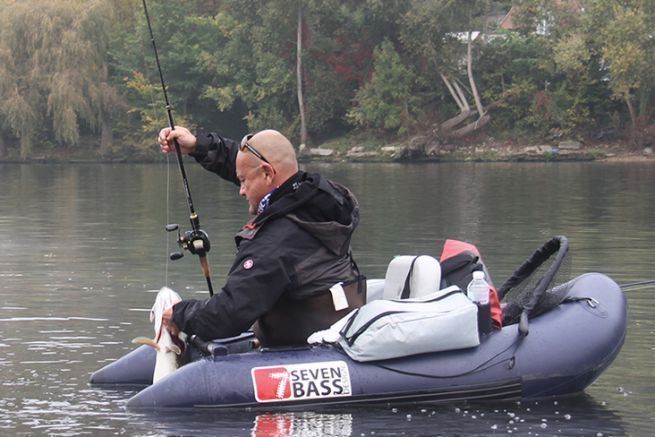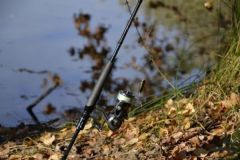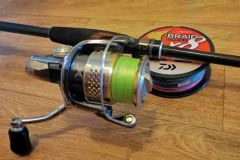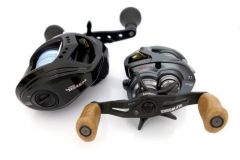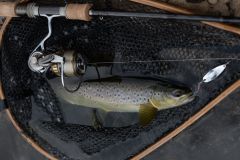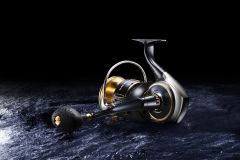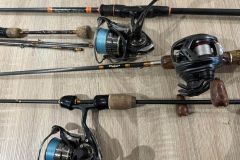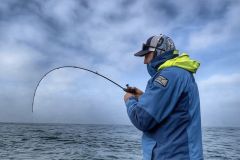A not necessarily encouraging start
I remember when I started with my first Shimano Caenan casting set, which I still use today.
Despite a quality material, the first casts are complicated, not far enough, too far (in the trees), for me who has always fished with spinning reels the grip is not obvious.
Then comes the dreaded wig, which every casting angler knows and despises more than anything else! So, I can easily understand that this type of reel does not have only followers.

Nothing insurmountable
However, fishing can be really fun with a casting reel, provided you know and understand how it works.
The first thing to do is to identify each of the instruments that allow you to adjust the reel and to set it up in an optimal way according to what you want to do. So depending on the technique, the weight of the lures and the size of the fish, we adjust the settings to his fishing.
Reel settings
On a casting reel you will always find more or less the same type of adjustment. When you hold it facing you (left crank), you will notice a star-shaped control on the crank. This is the fighting brake, it is often located at the top of the spool on spinning models.

It is used to let the line out of the spool when you are caught by a fish. It must be adjusted according to the strength of your line and the type of fish you are looking for. Turn it towards you to tighten and push it to loosen.
Then, always on the left, we find a small wheel that we can also tighten or loosen, it is the friction brake.
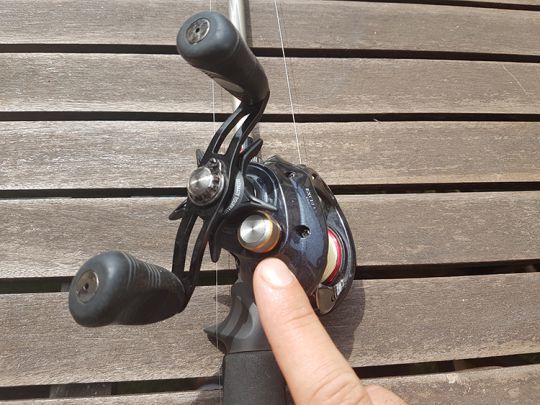
This allows you to adjust the resistance of the spool when it is disengaged and you are ready to cast. The adjustment is very simple: put a lure on your rod, press the control to disengage the spool and let the lure fall.
The brake must be tight enough so that the spool stops spinning when the lure touches the ground. Then, on the right, there is the centrifugal brake with weights or magnetic with a graduated selector, depending on the model.
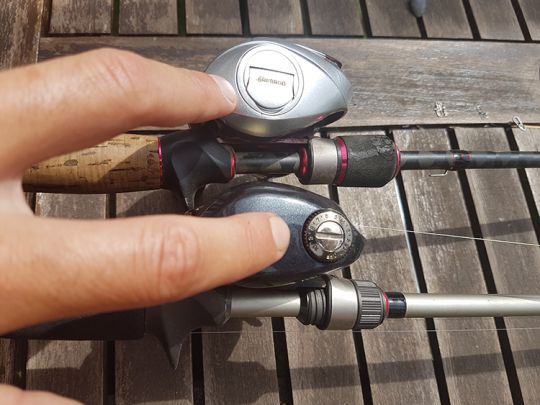
The second is recommended for beginners, as it is easier to adjust. This brake allows you to control the speed of the spool and to prevent it from running away during the casts.
The centrifugal brake is tightened by opening the reel and pulling on the weights (you can hear a small click), to start with I advise you to engage 4 of them (crosswise).
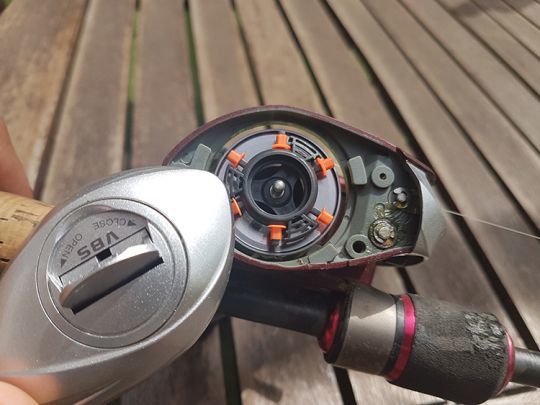
The magnetic brake is set by selecting a position (number between 1 and 10 on the dial), select half (5) to start.
Don't forget that at the beginning it's better to over tighten these brakes, the casting distances will obviously be reduced, but this will allow you to get the hang of it without any headaches. What could be more unpleasant than making a big wig or losing lures when casting?
Finally, last advice, to begin, you should avoid braid of small diameters, even avoid braid altogether. It is easier to learn to cast with nylon, braid is easily tangled and it is very complicated to untie in a spool!

